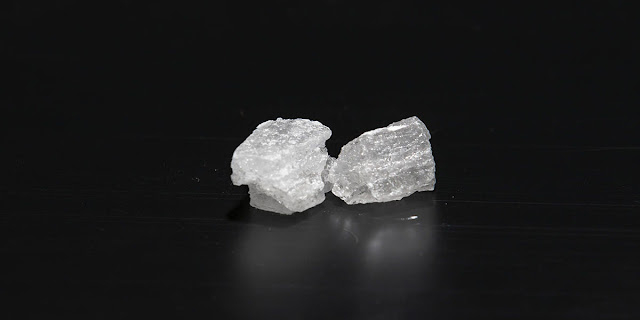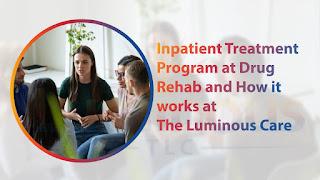Methamphetamine Addiction Treatment
Methamphetamine popular name Meth (Crystal) may be a powerful, highly addictive stimulant that impacts on the central systema nervosum. It carries the shape of a white, odorless, bitter-tasting crystalline powder that easily dissolves in water or alcohol.
The euphoric high encountered by methamphetamine addicts is caused by a rise of dopamine discharged into the brain. Over time methamphetamine use demolishes dopamine receptors within the brain. This means that a chronic long-term methamphetamine user will not be able to feel pleasure without the use of methamphetamine. Research suggests that these pleasure centers can heal over time, however, the damage to the cognitive abilities of the user may be permanent.
Worldwide methamphetamine abuse is an increasingly destructive epidemic. Approximately 26 million individuals are methamphetamine addicts worldwide. Methamphetamine is now considered to be the world’s most abused drug. The counts of methamphetamine addicts in the United States, which is estimated to be approximately 1.4 million individuals.
Symptoms
Mood symptoms:
- Anxiety and restlessness
- Violent mood swings
- Delusion
Behavioral symptoms:
- Unpredictable sexual behavior
- Violence
- Lack of interest in social activities
- Legal issues
- Stable Financial Crisis
Physical symptoms:
- Considerable weight loss
- An unexpected increase in heart rate
- Insomnia
- Constriction of the blood vessels in the body
- Respiratory troubles
- Liver disease and injury
- Immune system dysfunction
- Brain damage
Psychological symptoms:
- Paranoia
- Psychosis
- Hallucinations
Methamphetamine was sold in ampules and until 1964 was readily available by prescription. Since then Methedrine became one of the most beneficial for methamphetamine addiction treatment by providing reduced dose gradually at that point are behavioral therapies, like cognitive-behavioral and contingency management interventions. for instance, the Matrix Model—a 16-week comprehensive behavioral treatment approach that mixes behavioral therapy, family education, individual counseling, 12-step support, drug testing, and encouragement for non-drug-related activities—is effective in reducing methamphetamine misuse. Contingency management interventions, which offer substantial reasons in exchange for engaging in treatment and maintaining abstinence, have also been shown to be effective. Motivational Incentives for Enhancing misuse Recovery (MIEDAR), an incentive-based method for promoting abstinence from cocaine and methamphetamine. Although medications have proven effective in treating some substance use disorders, graduate to lessened meth use established abstinence from and reduce the misuse of methamphetamine.
PHARMACOTHERAPY Treatment for MA users has far-reaching health ramifications, both in terms of reducing the implications of abusing this potent psychostimulant and in potentially behaviors-driven behaviors that spread disease like HIV. As a result, the event of effective treatments for MA dependence has become a pressing concern for the national and global misuse treatment community. the event of pharmacotherapies for the treatment of MA-related disorders is viewed as a critically important element in broadening the range of treatment options and improving therapeutic outcomes. the event of such pharmacotherapies is at an early stage.
The Luminous Care offers a Detox-program and a vast variety of cutting-edge pharmacological and behavioral practices run by experts who understand the complications and the value of your efforts to get back to life as a whole. Call us now – 833-422-5585 or more information enquire us at info@theluminouscare.com



Comments
Post a Comment